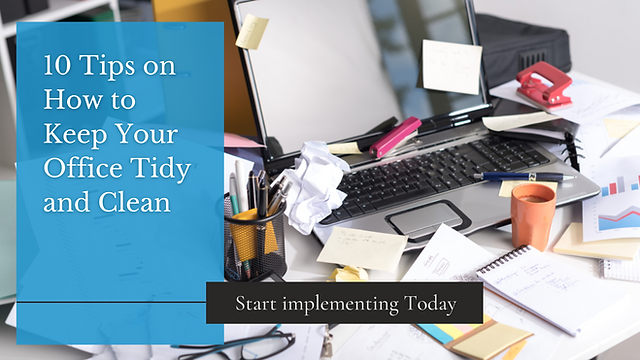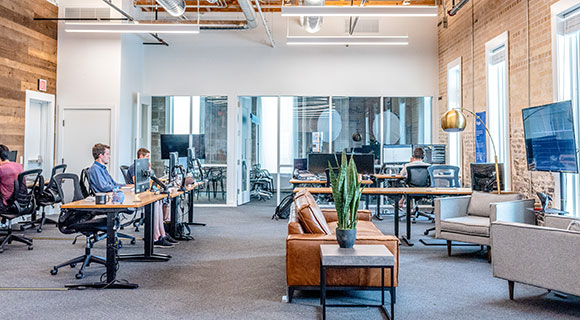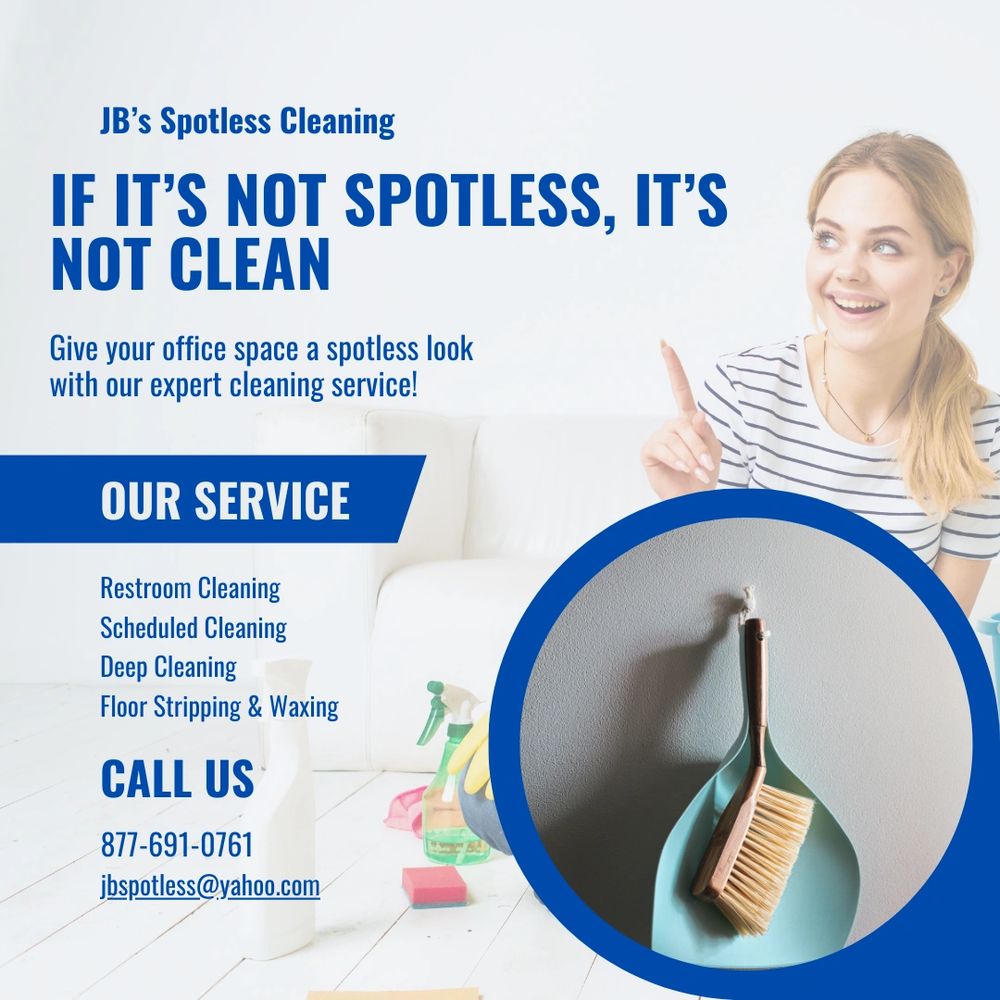Are you tired of constantly battling with dirt and grime on your office floor? Well, look no further! In this article, we will reveal some highly effective strategies that will help you keep your office floor spotless. From implementing a regular cleaning schedule to using high-quality cleaning products, we’ve got you covered. Say goodbye to messy floors and hello to a clean and pristine workspace!

This image is property of www.clean-group.com.au.
1. Choosing the Right Flooring Material
1.1 Consider the Type of Traffic
When it comes to keeping your office floor clean, selecting the right flooring material is essential. You need to consider the type of traffic that your office space experiences on a daily basis. Is it a high-traffic area where many people come and go? Or is it a low-traffic area with only a few individuals? By determining the level of foot traffic, you can choose a flooring material that can withstand the wear and tear of your specific environment.
1.2 Evaluate the Durability
Durability is another crucial factor to consider when choosing the right flooring material for your office. Different materials have varying levels of durability and can resist different types of damage. For instance, if your office space often has heavy equipment or furniture being moved around, you may want to opt for a more durable material like vinyl or laminate flooring. On the other hand, if your office has minimal foot traffic, you can consider materials like carpet or hardwood.
1.3 Opt for Easy-to-Clean Surfaces
Maintaining a clean office floor becomes much easier when you have surfaces that are easy to clean. Choosing materials that are resistant to stains, spills, and dirt can save you time and effort in the long run. For instance, linoleum and ceramic tiles are known for their easy-to-clean properties. Additionally, materials like hardwood and laminate can be cleaned efficiently with the right cleaning products and techniques.
2. Implementing Regular Cleaning Protocols
2.1 Create a Cleaning Schedule
To ensure that your office floor remains spotless, it’s important to establish a regular cleaning schedule. This schedule should outline when and how often different cleaning tasks will be carried out. By having a set routine, you can maintain cleanliness consistently and prevent any build-up of dirt or debris. Consider factors such as the size of your office space, the number of employees, and the specific cleaning needs of your flooring material when creating the schedule.
2.2 Assign Responsibilities
To promote accountability and ensure that every cleaning task is carried out, it is essential to assign responsibilities to different individuals or teams. This can be done by delegating specific cleaning tasks to different employees or hiring professional cleaners who are responsible for the maintenance of your office floor. By clearly defining the roles and responsibilities, everyone will know what is expected of them and your office floor will receive the proper care it needs.
2.3 Provide Adequate Cleaning Supplies
A vital aspect of maintaining a clean office floor is ensuring that you have the necessary cleaning supplies readily available. This includes items such as brooms, mops, vacuum cleaners, cleaning solutions, and microfiber cloths. By providing your employees or cleaning staff with the right tools, you empower them to effectively clean and maintain the office floor. It is important to regularly check and restock the supplies to avoid any interruption in your cleaning protocols.
2.4 Use Cleaning Checklists
Cleaning checklists can be incredibly helpful in ensuring that all the necessary cleaning tasks are completed efficiently and consistently. These checklists can include daily, weekly, and monthly cleaning tasks specific to your office floor’s needs. By using checklists, you can eliminate the chance of missing any important cleaning tasks and maintain a high standard of cleanliness in your office space.

This image is property of static.wixstatic.com.
3. Proper Vacuuming Techniques
3.1 Choose the Right Vacuum
Effective vacuuming techniques are essential for keeping your office floor free from dust, dirt, and debris. To start, it is important to choose the right vacuum for your specific flooring material. Different vacuums are designed to handle different surfaces, so selecting the appropriate one will ensure optimal cleaning results. For carpeted floors, a vacuum with adjustable height and a rotating brushroll is recommended, while hard floors may require a vacuum with softer bristles to avoid scratching.
3.2 Set the Correct Vacuum Height
When vacuuming your office floor, it is crucial to set the vacuum’s height correctly. This ensures that the vacuum can effectively remove dirt and debris without causing any damage to the flooring material. For carpets, adjust the height so that the vacuum’s brushroll lightly agitates the carpet fibers, while for hard floors, set the height higher to avoid scratching. By following this simple step, you can maintain the cleanliness and integrity of your office floor.
3.3 Focus on High-Traffic Areas
High-traffic areas of your office floor are most prone to dirt, dust, and debris accumulation. To effectively clean these areas, allocate more time and attention during your vacuuming routine. Spend extra time in entranceways, hallways, and areas near workstations or break rooms, as these are the zones that are typically exposed to the highest amount of foot traffic. By focusing on these areas, you can prevent the spread of dirt to other parts of the office.
3.4 Empty the Vacuum Regularly
To ensure optimal suction power and cleaning efficiency, it is important to empty and clean the vacuum regularly. A full vacuum bag or canister can obstruct airflow and diminish the vacuum’s effectiveness. Additionally, if the vacuum’s filter is clogged with dust and debris, it may not capture particles efficiently. Therefore, make it a habit to empty the vacuum bag or canister and clean the filter after each cleaning session. This simple step will help you maintain a clean and well-functioning vacuum.
4. Effective Mopping Methods
4.1 Use the Right Equipment
Mopping is another essential technique for maintaining the cleanliness of your office floor. To ensure effective mopping, it is important to use the right equipment. Invest in a high-quality mop and bucket that are suitable for your specific flooring material. Microfiber mops are generally recommended as they can efficiently pick up dirt and debris without leaving streaks or residue behind. Additionally, using a mop with a built-in wringer can help control the amount of water used, preventing the excess moisture from damaging the floor.
4.2 Select the Appropriate Cleaning Solution
Choosing the right cleaning solution for mopping is crucial to achieve optimal cleanliness and preserve the condition of your office floor. Different flooring materials require specific cleaning solutions to avoid damage. For instance, hardwood floors require a cleaner specifically formulated for wood, while vinyl or laminate floors may require a milder, non-abrasive cleaner. Avoid using excessive amounts of cleaning solution, as this can leave behind residue that dulls the floor’s appearance.
4.3 Follow Proper Mopping Techniques
Proper mopping techniques are essential for effectively removing dirt and maintaining the cleanliness of your office floor. Start by sweeping or vacuuming the floor to eliminate loose dirt and debris. When mopping, ensure that the mop is not dripping with excess water, as this can cause damage or streaks. Use a back-and-forth motion, maintaining a consistent pressure, to remove dirt and grime. Remember to change the mop water regularly to prevent spreading dirt instead of removing it.
4.4 Allow Sufficient Drying Time
After mopping, it is important to allow sufficient drying time for your office floor. Excess moisture can lead to slips and falls, and it can also damage certain flooring materials. Open windows or turn on fans to promote air circulation and aid in the drying process. Ensure that caution signs are placed in wet areas to alert employees and visitors to potential hazards. By allowing the floor to dry completely before foot traffic resumes, you can maintain a clean and safe environment.

This image is property of spacecoastdaily.com.
5. Using Entrance Mats
5.1 Place Entrance Mats at Every Doorway
Using entrance mats is a simple yet effective way to prevent dirt, dust, and debris from being tracked onto your office floor. Place entrance mats at every doorway to capture and trap particles from shoes before they can spread throughout the space. By having mats strategically placed, you significantly reduce the amount of dirt that gets transferred onto your office floor, making your cleaning efforts more manageable and efficient.
5.2 Use Recessed or Gridded Mats
To enhance the effectiveness of your entrance mats, consider using recessed or gridded mats. These types of mats are designed to scrape dirt and debris off the bottom of shoes, preventing it from being carried further into your office space. Recessed mats are installed below floor level, while gridded mats feature an open design that allows particles to fall through. Both options help to keep your office floor cleaner for longer periods and reduce the need for frequent cleaning.
5.3 Regularly Clean and Maintain Entrance Mats
To ensure the continued efficiency of your entrance mats, it is important to clean and maintain them regularly. Vacuum or shake out the mats daily to remove loose dirt and debris. For more thorough cleaning, follow the manufacturer’s instructions or consult with professional mat cleaning services. Additionally, inspect the mats for wear and tear, and replace them when necessary. By keeping your entrance mats clean and well-maintained, you can significantly reduce the amount of dirt that enters your office space.
6. Implementing a ‘No Shoes’ Policy
6.1 Educate Employees and Visitors
Implementing a ‘no shoes’ policy in your office can contribute to maintaining a cleaner and healthier environment. Start by educating your employees and visitors about the benefits of removing their shoes when entering the office space. Explain the impact that shoe-worn dirt and debris can have on the cleanliness and longevity of the flooring. Encourage everyone to participate in this initiative and provide clear guidelines and expectations to ensure its effectiveness.
6.2 Provide Shoe Storage Options
To support a ‘no shoes’ policy, it is important to provide convenient and hygienic shoe storage options within your office. This can include shoe racks, cubbies, or designated shoe storage areas. Encourage employees and visitors to utilize these options by making them easily accessible and visible. By providing a designated place to store shoes, you promote cleanliness and minimize the spread of dirt and debris throughout your office.

This image is property of img1.wsimg.com.
7. Utilizing Protective Floor Coverings
7.1 Temporary Floor Covers during Construction or Renovation
During construction or renovation projects, it is essential to protect your office floor from potential damage. Utilize temporary floor coverings such as plastic sheets, carpet protection films, or floor mats to shield the floor from dust, debris, and accidental spills. These coverings act as a barrier and prevent any harm to your office floor, saving you from costly repairs or replacements. Ensure that the coverings are securely placed and regularly inspected and replaced if necessary.
7.2 Chair Mats to Prevent Damage
In areas where chairs are frequently moved, such as workstations or conference rooms, chair mats can serve as a protective layer for your office floor. Chair mats designed explicitly for the type of flooring you have can prevent scratches, scuffs, and indentations caused by chair wheels. By using chair mats, you extend the lifespan of your flooring and reduce the need for frequent repairs or replacements.
7.3 Protective Mats for Heavy Equipment
If your office space involves the use of heavy equipment or machinery, using protective mats can help minimize the risk of damage to your floor. These mats act as a cushioning layer, absorbing the impact and preventing scratches, dents, or marks caused by the weight of the equipment. Choose mats specifically designed for heavy-duty use and ensure they are large enough to accommodate the size of the equipment being used.
8. Regular Maintenance and Inspections
8.1 Conduct Routine Inspections
Regular inspections of your office floor are essential for identifying any issues or areas that require attention. Set a schedule for routine floor inspections, during which you can assess the condition of the flooring, identify any signs of wear, and address any potential cleaning or maintenance needs. By proactively inspecting your office floor, you can catch problems early on and take necessary actions to maintain its cleanliness and longevity.
8.2 Address Spills and Stains Promptly
Promptly addressing spills and stains is crucial in preventing them from becoming more challenging to remove or causing permanent damage to your office floor. Establish clear protocols for reporting spills or stains and ensure that employees and cleaning staff are aware of these procedures. Have appropriate cleaning supplies readily available to address spills, and take immediate action to contain and clean up any messes. By being proactive and efficient in addressing spills and stains, you can maintain a clean and presentable office floor.
8.3 Perform Periodic Deep Cleaning
In addition to regular maintenance, periodic deep cleaning sessions can revive and refresh your office floor. Deep cleaning involves more intensive cleaning methods, such as steam cleaning, floor stripping and waxing, or professional cleaning services. These sessions remove embedded dirt, grime, and stains that regular cleaning may not effectively eliminate. Schedule deep cleaning sessions at appropriate intervals according to your specific flooring material and the level of foot traffic your office experiences.
8.4 Schedule Professional Floor Maintenance
To ensure the highest level of cleanliness and care for your office floor, consider scheduling professional floor maintenance on a regular basis. Professional maintenance services have the expertise and specialized equipment to perform in-depth cleaning, refinishing, or repair tasks specific to your flooring material. By investing in professional maintenance, you can extend the lifespan of your office floor, enhance its appearance, and ensure that it remains in optimal condition.

This image is property of cleantastic.co.nz.
9. Preventing and Controlling Dust
9.1 Use Dust Control Measures
Dust can accumulate quickly on surfaces, including your office floor. Implementing dust control measures can significantly reduce the amount of dust that settles on your floor. Place air purifiers or air filtration systems strategically around the office to minimize airborne dust particles. Regularly change air filters to maintain their effectiveness. Additionally, consider using door sweeps or weatherstripping to minimize dust entry from outside sources. By controlling dust in your office space, you can prevent it from settling on your floor and making it look dirty or dull.
9.2 Regularly Dust Surfaces
Regularly dusting surfaces is an essential cleaning task that helps prevent dust from accumulating on your office floor. Dusting should be performed on surfaces such as desks, shelves, window sills, and electronic equipment. Use microfiber cloths or dusters that attract and trap dust effectively instead of simply spreading it around. By keeping surfaces dust-free, you can minimize the amount of dust that settles on the floor, leading to a cleaner environment overall.
9.3 Keep Windows and Doors Closed
Keeping windows and doors closed whenever possible can help control the amount of dust that enters your office space. Dust can easily be carried in through open windows or doors, especially in areas with high outdoor dust levels or construction nearby. By minimizing the entry points for dust, you can significantly reduce the amount of dirt that settles on your office floor and keep it cleaner for longer.
10. Educating and Engaging Employees
10.1 Provide Training on Proper Cleaning Techniques
To maintain a clean office floor, it is important to provide training on proper cleaning techniques to your employees or cleaning staff. Organize training sessions to educate them about the specific cleaning requirements of different flooring materials, as well as the correct use of cleaning tools and supplies. By empowering your employees with the knowledge and skills to effectively clean the office floor, you promote a culture of cleanliness and responsibility throughout the workplace.
10.2 Encourage Employees to Keep Workspaces Clean
In addition to providing training, it is equally important to encourage employees to keep their individual workspaces clean and clutter-free. Emphasize the importance of personal responsibility in maintaining a clean office by setting clear expectations regarding cleanliness standards. Encourage employees to regularly tidy up their work areas, dispose of waste properly, and promptly report any spills or stains. By fostering a sense of ownership over their workspaces, employees contribute to the overall cleanliness of the office floor.
10.3 Foster a Culture of Cleanliness and Responsibility
Finally, fostering a culture of cleanliness and responsibility is key to consistently keeping your office floor clean. This can be achieved by setting a positive example as a leader and consistently reinforcing the importance of cleanliness in the workplace. Recognize and appreciate employees who actively contribute to maintaining a clean office, and provide periodic reminders and updates on cleaning protocols. By making cleanliness a shared responsibility, you create an environment where everyone is invested in keeping the office floor spotless.

